Describing Longyearbyen without just listing all the usual stuff is a challenge. Everything amazing and spectacular has been covered elsewhere, so many times. Instead, I offer a few everyday sights from an ugly town surrounded by natural beauty. These are details I learned by spending a workation here in April 2021.
Maybe you imagine the town to be a rough sanctuary for bearded scientists in Arctic exile? Or that people live in igloos and move around in kayaks they have made themselves? Longyearbyen is not like that.
In fact, your first experience here will probably be an easy bus or taxi ride, entering a typical Norwegian town. You pass traffic signs, a grocery store, several outlets for warm clothes, a good mix of private homes and apartment buildings, a school, a church, and normal stuff like that.
Much of Longyearbyen looks brand new, but some parts are old. Anything from before 1946 is ancient here, protected cultural heritage sites. Here’s the old coal power plant (a new one next door will be retired before 2030), and some old coal mining facilities, silent memories of a past era.
Up on Platåberget, “Table mountain”, you can barely make out a small stone tower. A short and steep climb away. Awfully tempting. But Svalbard is a special place. If you want to go up there, you must follow strict rules, not just guidelines. You may know that to leave the town center, you must go with a guide or carry a rifle. This is good advice, but not entirely accurate.
The actual requirement is that you _must_ bring along something that with a high probability will make you able to scare and chase off a polar bear, the animal that is also known as the world’s largest land predator. I’m thinking maybe an elephant, or a boombox loaded with Celine Dion.
Carrying a rifle or heavy pistol is of course highly recommended, but strictly speaking not legally required. Just never underestimate the risk of encountering a massive and hungry polar bear. Always have a plan for what to do if it happens. Polar bears have been spotted wandering straight through the town, usually at night.
Take all necessary safety precautions, and you’ll get up on Platåberget. Your reward is this view of almost the entire settlement of Longyearbyen. Nearly 2,500 people call this home.
Again, let me stress that you need to understand what you’re doing whenever you leave the streets of Longyearbyen. Even on a short like this one. For inspiration, read how a woman describes what happened when she and her friend hiked up to Platåberget, and only one of them made it back alive.
We move back down to sea level again, feeling somewhat safer there.
You won’t need Google Maps much in Longyearbyen. There’s only one main road, starting at the airport, passing through Longyearbyen, and ending at the still operating Gruve 7 coal mine. In the town center there are a few smaller roads, but you’re never more than a 30 minute walk from anywhere else.
This vehicle goes up and down the main road. It’s carrying coal from the mine to where it can be transformed into electricity. An aerial cableway used to do the job, but now this lonely truck is all that is needed to transport the black energy from the mountain deep. To keep the mining operation going, only a dozen people or so is required. Just a few decades ago, this was a company town where everyone was connected to the mining in one way or another.
The mining business and a surprisingly large university in Longyearbyen require heavy machinery to operate, so much of the settlement consists of large and ugly buildings. It’s all relatively clean and tidy, but these structures were built to withstand the Arctic climate, not to look nice.
Some of the older houses, however, are really cute. Their colors go nicely with the white snow. I wonder how the architects managed to come up with this concept?
Oh, ok. Never mind. I see it now.
The prominent peak in this photo is Tenoren, “The Tenor”, surrounded by an amphitheatre-shaped landscape, altogether forming Operafjellet, “Opera Mountain”. A Russian passenger plane crashed into this mountain in 1996, killing all 141 people onboard, mainly mining workers and their families. The incident eventually led to the closure of the largest Russian mining operation on Svalbard, in Pyramiden, now a “ghost town” where nowadays nothing happens except for small-scale tourism.
It’s winter now, and we’re here to do winter things. Down at the waterfront we find proof that despite the feeling that this is a place of eternal winter, summer will come, albeit a short one, with other things to do.
That said, April is probably the best time to visit. There’s still plenty of snow, but the days are long and bright, and the weather can be expected to be relatively pleasant.
The beach is also lined with ice sharks like this one, a species you rarely hear about. Thick ice on the shore is eaten raw from below by the ebb and flow of the ocean, leaving scary-looking edges that can be difficult to go up and down.
The eastern part of Longyearbyen consists almost entirely of residential buildings. The houses are smaller than they seem. The lower part of each building is mainly empty space, as everything here is built on top of poles driven into the permafrost, frozen ground.
You can’t dig a hole in icy ground and expect any kind of stability, so this has been the only good way to build on Svalbard ever since humans arrived. Now global warming has led to the ground beginning to thaw. The poles in the ground do not stay in place, and entire buildings start moving around way more than anyone but the wildest rollercoaster enthusiast can appreciate.
On any walk through Longyearbyen, you will see many dogs. They are the most numerous pets on the island. That’s partially because cats are illegal, but also because dogs can double as sled engines and polar bear protection.
I, for one, would feel much safer on a hike around Longyearbyen accompanied by a big dog than by a guide with a rifle.
If you’re a cat person, not all hope is lost. Just get yourself a purse-size dog. They’re legal to own, although they most likely won’t be of much use in a sudden polar bear encounter.
As you probably expect, many goods and services in an extreme location like Longyearbyen are quite expensive. Despite that, fuel from the world’s northernmost commercial fuel pump is surprisingly cheap. There are no taxes to be paid on it, so it’s significantly cheaper than in mainland Norway.
This won’t save you much money, though. With just 40 kilometers of road in Longyearbyen, a road trip will be cheap anyway. You can go much further on snowmobiles, of course, but they’re so light that they barely use any fuel anyway.
Always plan a few extra days for a trip to Svalbard. The weather is often rough here. Some mornings you will look out of the window and a vicious blizzard will stare back at you. On a day like this, you must probably postpone your planned activities for that day.
On the other hand, if you’re lucky and get no stormy days, just fill that extra times with all the things you discover that you want more of.
A stormy day is a perfect time to visit the Svalbard Museum, located in the university building. Learn about the extremely adapted wildlife of the Svalbard archipelago. Understand the weird geology; fossilized palm trees and fish lizards/ichthyosaurs are scattered around the islands. See how people have survived and made a living so close to the North Pole throughout the ages.
Observing the people of Longyearbyen, you feel like a mix between an outsider and an anthropologist. At this junk food kiosk, even on the coldest of days, you’ll see happy children come around and enjoy a large ice-cream. When you live on Svalbard, you will from an early age learn not to let harsh winter conditions stop you from enjoying some sweet sugar.
Throughout much of the year, the most tempting activity is to stay inside and eat. You would expect this to show on people. There’s even a word for it; “the Svalbard surplus”, meaning the extra weight you’ll put on after staying for a while in Longyearbyen. But it could have been so much worse.
People walk, ski and run everywhere inside the town limits of Longyearbyen, where the risk of running into a polar bear is as small as it gets around here. Often you’ll see people who think plain walking is too easy, pulling on one or two car tires, just to make things a bit more challenging.
From the town center, we look up the valley towards a small cluster of buildings known as Nybyen. The valley is deep and narrow, often subject to heavy winds. Much of the snow that falls here is simply blown away. Shallow snow is practical for running a town. The bad news is that snowdrifts tends to pile up on the mountain ridges, creating a high risk of avalanches.
Always check for avalanche warnings before you go anywhere, especially in the springtime and after a blizzard. Even when there’s no current warning, always examine any mountain you go near, and check for white stuff that looks eager to jump on you. If it looks sufficiently safe, move swiftly and do not stop until you are back in a flat, open area.
Next to the road to Nybyen, midway up the mountain on the east side of the valley, some ominous and derelict buildings are the remnants of an abandoned coal mine, Gruve 2.
To the locals, it’s a happy place. This is where Santa Claus supposedly lives. The children of Longyearbyen write letters to Santa, tell him what they want for Christmas, and put the letters in a special mailbox at the foot of the mountain. It may or may not work. Can’t hurt to try, I say.
On the west side of the valley is Huset, “The House”, a community center from the 1950s. It looks a bit out of place, but was built here on purpose. The miners lived in one part of town, the management in another. To make the community center equally accessible to both groups, it was build on “neutral ground”, away from everyone.
Today it’s a restaurant. Much of the interior has been kept in the original simple style, this is a really nice restaurant. They offer a set menu with many courses and many wines throughout the week, at a pretty steep price. If you want a great meal at a fair price, come by on Saturday afternoons, when they serve steak only, with infinite french fries, salad, and sauce. Arrive early, before they run out of meat!
The only farm on the island is in Nybyen, the world’s northernmost by far. Inside the geodesic dome, an optimistic chef/scientist is growing salad. It sort of works, although it’s not entirely clear whether it’s better for the environment to grow the salad in New Zealand and fly it here, or to just grow it locally.
But hey, if Matt Damon can grow potatoes in shit on Mars, maybe this is the way to go.
At the southern end of Nybyen, road 100 ends and wilderness officially begins. A sign in front of the mountain Sarkofagen (“Sarcophagus”) warns of polar bears beyond this point. Note that the bears are unlikely to respect that sign, and may well appear on the “wrong” side of it.
In every direction you may walk from the town center, you will eventually reach a polar bear sign. This is where you as a sensible tourist will turn around and walk back the way you came.
Of course, most likely you will not see any live polar bears during your visit to Svalbard. To get your fill, either check out the taxidermy ones at the museum and the airport, or go window shopping for one at the Skinnboden store. There’s also a heavy metal polar bear standing next to the main road near the waterfront.
Due to the frozen ground, pipelines carrying water and sewage must be above the surface. These pipelines go between the town center and Nybyen. Longyearbyen has district heating, every home is heated with hot water from the coal power plant. The price for this is fixed, so you may see people open a window to regulate temperature, instead of turning the heat down.
In the background you see the scenic mountains Adventtoppen and Hiorthfjellet.
Longyearbyen has a small cemetery. Again, the frozen ground is not ideal for burying anything or anyone. If you get seriously sick, or old and fragile, you will be ordered to leave Svalbard. It’s not “illegal to die” on Svalbard, as rumour has it, but the authorities do what they must to minimize handling dead and soon to be dead bodies, as this often requires resources that are not available on the island. The lack of taxes is directly related to a lack of governmental services.
A select few individuals with strong ties to the island have been granted a burial at this cemetery. Most of the few people who die on Svalbard are transported to the mainland, or their home country, to be buried there.
Like in many cemeteries in other harsh environments, the flowers here are all plastic. They make for a great contrast against the palette of the Arctic, especially on a sunny day.
The buildings in Longyearbyen may not have many esthetical qualities, but much like the plastic rose, they come in colors that make the town a more cheerful place throughout most of the year than what could have been the case.
Only basic health services are available. To have complicated surgery done, or if you are about to give birth, you are sent to the mainland. Avoid serious injuries during your visit to Svalbard. Being evacuated from Longyearbyen to the full-service hospital in Tromsø will take at least 7-8 hours.
There is, however, a hospital that offers basic health services in town, and it has been there since 1916. It has moved to the center, but used to be located up on a hill on the other side of the river. Every year on 8 March, weather permitting, the staff and patients would gather at the hospital stairs and watch the Sun in the sky for the first time since late October the previous year.
Every year now, people gather around the reconstructed stairs on this date, to celebrate the return of the Sun. Don’t miss it if you’re around!
Just barely standing opposite one of the world’s least visited churches, is the oldest house in Longyearbyen. It’s from 1911, and has served as a radio station and a post office. Nowadays it’s just a place to hide a geocache, with a nice view towards the town center.
We visit in April 2021. Longyearbyen has been a quiet place for the last 13 months or so, thanks to the Coronavirus. An armada of resting snowmobiles is stowed away, waiting for more tourists to return to the island.
Not every snowmobile is resting, though. Locals and the few visitors enjoy the opportunity of having large areas of pristine wilderness all to themselves. I’ll tell you about some of the options in later posts. Today we’ll just go on a quick ice cave excursion, a few minutes from Longyearbyen by snowmobile. It can be done on foot or on ski as well, but the easiest option is to drive up to the Longyearbreen glacier.
Glaciers partially melt in the summer. As a result, ice caves are created by unstoppable melting water that will flow on, through and beneath the glacier. Every year, when the glacier starts freezing again, tour companies in Longyearbyen will scout the glaciers to find new ice caves they can bring visitors to during the winter and spring.
The entrance points may change from year to year, and the actual caves themselves change a lot. Finding the entrance to the most popular cave on Longyearbreen is easy. There are tracks from groups that visit all the time.
For safety reasons, you should go with a guide. The guide will give you proper equipment, meaning helmets and working flashlights. The guide also knows when it’s best to turn around.
If the ice cave collapses while you’re inside, you rely on having someone wait at the surface, so that they can call for help. It’s not likely to happen, but it’s not impossible either.
Anyway, the entrance is just a hole in the ice. Sometimes there’s a ladder, sometimes you just walk in.
Then you make your way through the ice cave as best you can, discovering all kinds of cool natural art as you go. Sometimes you have to squeeze through narrow passages, only to enter a large hall on the other side. There’s no telling what you’ll find. Water that follows the laws of physics can create all kinds of spaces.
You will often find that it’s much warmer inside the ice cave than up at the surface of the glacier. For this reason alone, an ice cave visit may be a great idea on particularly cold days.
Some rooms have smooth walls in colors ranging from yellow (yeah, I know) via brown, to many shades of blue and green. Other rooms have icicles everywhere, large and small, sometimes looking like crystal caves. The variety is fascinating.
Make sure to bend down every now and then, or move as close to the walls as you can. You will discover many tiny details in the ice. Some of the crystals can easily compete with diamonds for beauty.
Please leave the cave the way you found it. Just because there’s a new ice cave every year, it looks best the way nature made it.
That’s it! You have reached the end of our visit to Longyearbyen.
This pretty view is what you will find if you walk down to the harbor on a late April night with nice weather. There are plenty of sea birds to observe, and if you’re extremely lucky, a walrus or two, maybe whales. Bring a camera. The golden hour just goes on and on for several hours.
I’ll just quickly add a final photo, to show you what an evening in Longyearbyen one month earlier may be like.
A month certainly makes a huge difference. In early April you may still see the northern lights, albeit a bit faint. In late April you can experience the midnight sun.
Recommendations
The following are things I happily enjoyed during my visit, stuff I have no trouble recommending.
Getting there
Airlines SAS and Norwegian often have campaigns where they offer relatively cheap flights for an extreme destination like Longyearbyen.
Note that Longyearbyen is a domestic destination in Norway. If you have bonus miles with any airline in Star Alliance, check whether you can use surprisingly few of those miles to score a roundtrip ticket Oslo – Longyearbyen.
Every plane to Longyearbyen is met by a bus that stops at several convenien spots in the town center. For a reasonable price (75 kroner, 50 for students), it will take both you and all of your luggage. If there are three of you, a taxi will be about the same price, and slightly faster.
Accommodation
There are AirBnB options in Longyearbyen. For a long stay it’s worth checking that out. This kind of short-term rental is strictly regulated. Apartments that can seem completely fine, may actually be illegal to use as overnight accommodation.
This goes for the entire waterfront area. Staying overnight is illegal there because you’re too close to industrial facilities that may simply explode. You may accept that tiny risk, but there’s another factor to consider. Local authorities may show up and evict you from the place you rent, forcing you to find alternative accommodation, that will often be prohibitively expensive.
A safe option is to book at commercial hotels and guesthouses. My personal experience is with Radisson Blu Polar Hotel. It’s a typical Radisson hotel with all the facilities you need, at slightly above midrange rates.
If you want to splurge on a little extra, try the stylishly renovated Funken Lodge.
For something cheaper and more … exotic than a typical hotel, try Mary-Ann’s Polarrigg. It’s a weird mix of jungle and miners quarters from the 1970s. Not cheap, but the most reasonable option in the town center.
Your most budget-friendly option is probably Guesthouse 102. It’s a great hostel, but it’s located at the south end Longyearbyen, so it’ll take you half an hour to walk to and from the town center. It’s not necessarily an issue. Pretty much every tour operator will pick you up from any accommodation, including this one.
Eating
For the rest of Norway, my recommendation for saving money is to always buy food at grocery stores. This does not apply for Longyearbyen. Here, food is generally more expensive in the shops than on the mainland, while food and alcohol in the restaurants is cheaper in Longyearbyen than in mainland restaurants.
Please note that Longyearbyen has an incredible range of eateries, both for its size and its location. The list below is far from complete.
The most economical option is to order “Dagens”, today’s special, wherever you go. It’s a tradition from the old times, when all miners would gather and share the same meal. You can get surprisingly good food at a very low price this way.
A couple of special shout-outs:
- As mentioned; the Saturday steak at Huset. For less than 200 kroner you get a decent chunk of good meat, and infinite fries and sauce. Do not arrive too late; they open at three in the afternoon.
- Svalbar has a similar steak deal, except it’s on Fridays.
- Kroa has the best and most filling pizzas in Longyearbyen.
- For fancier pizzas, try Barentz Gastropub at the Radisson Blu Polar Hotel.
- If you want a fancy dining experience, try either Huset any other day than Saturday, or Funktionærmessen Restaurant at Funken Lodge. It will be much cheaper than similar meals in Oslo, but they’re both significantly more expensive than the other options mentioned.
Map of some places in this post
(Or see Google Maps)

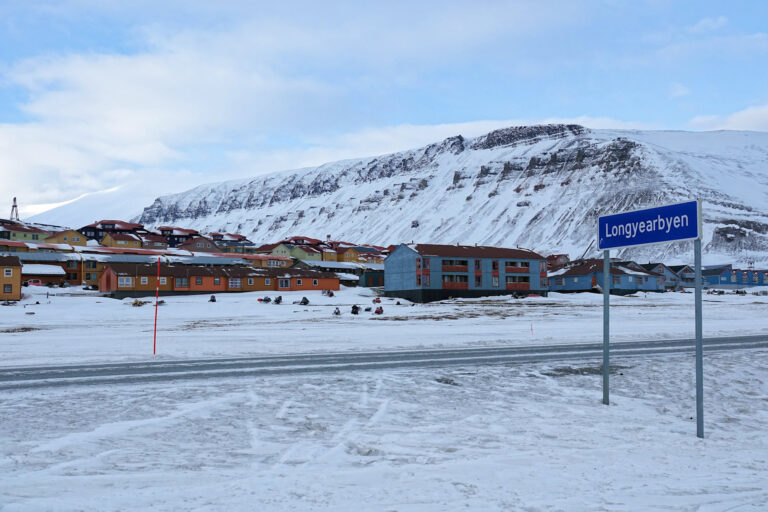

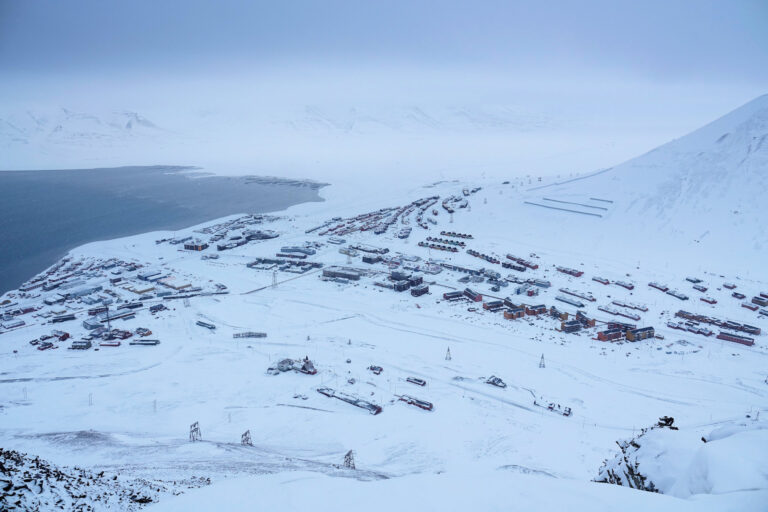
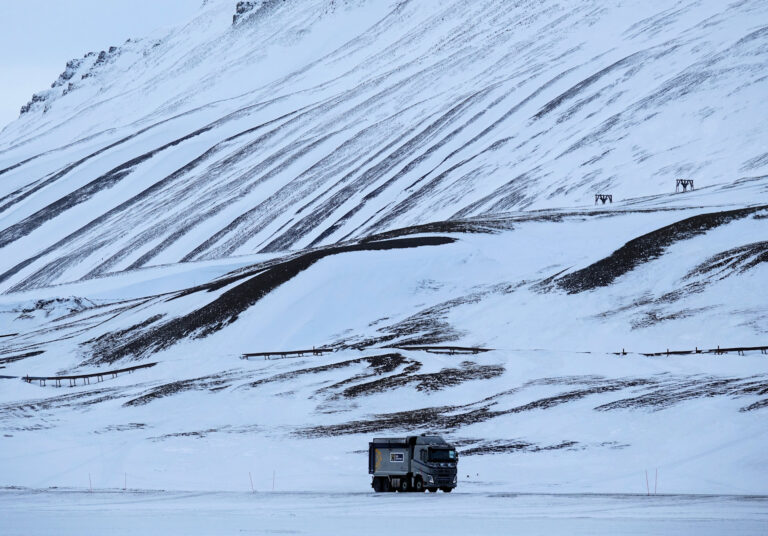
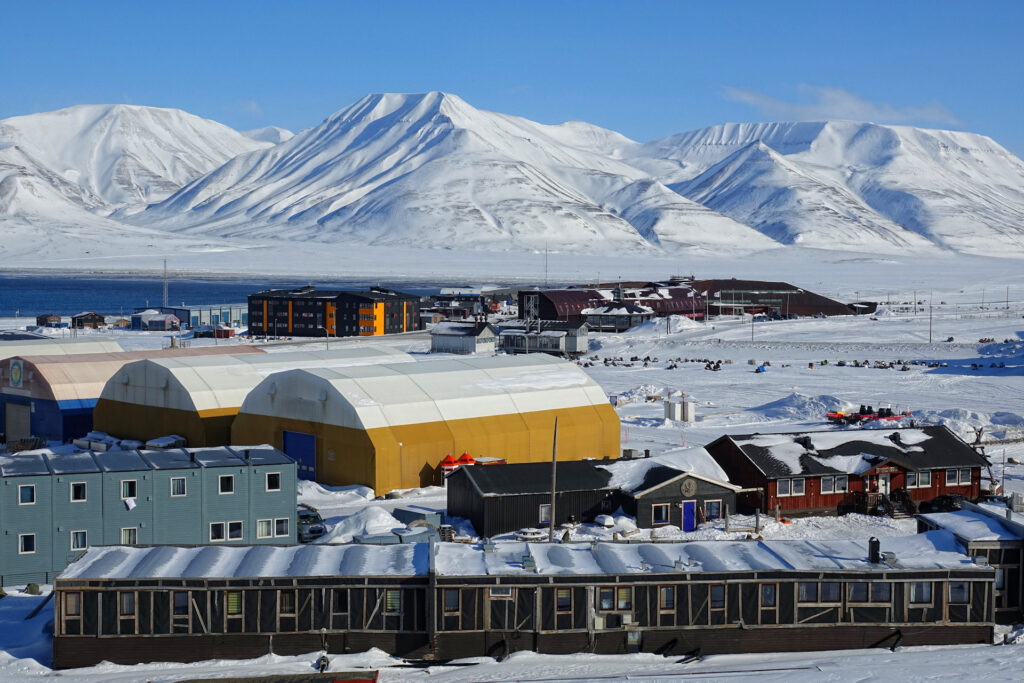
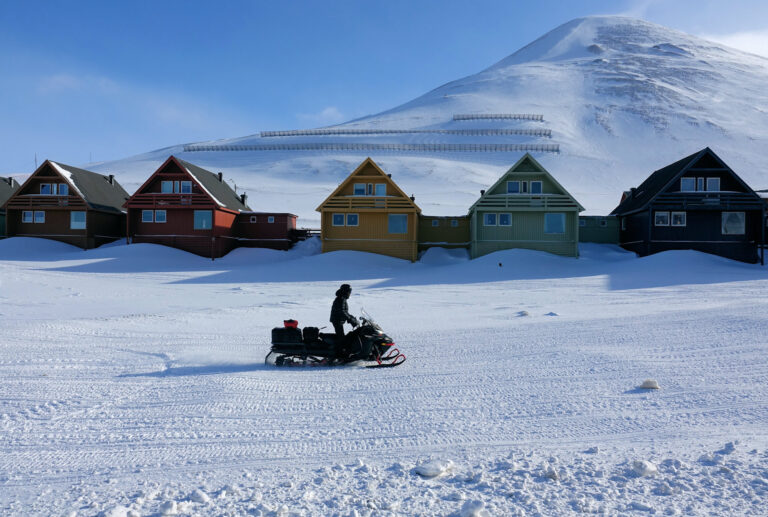
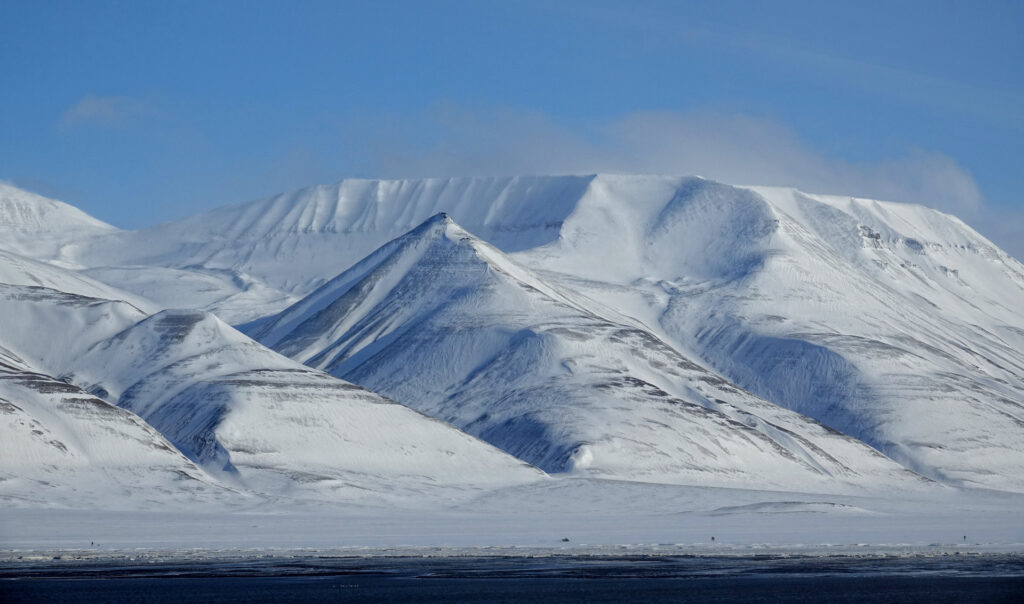
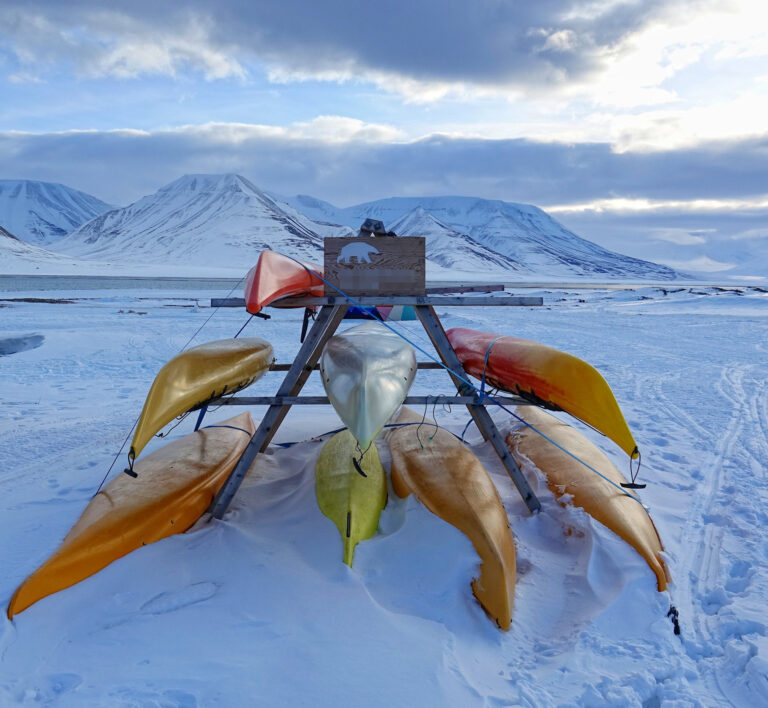
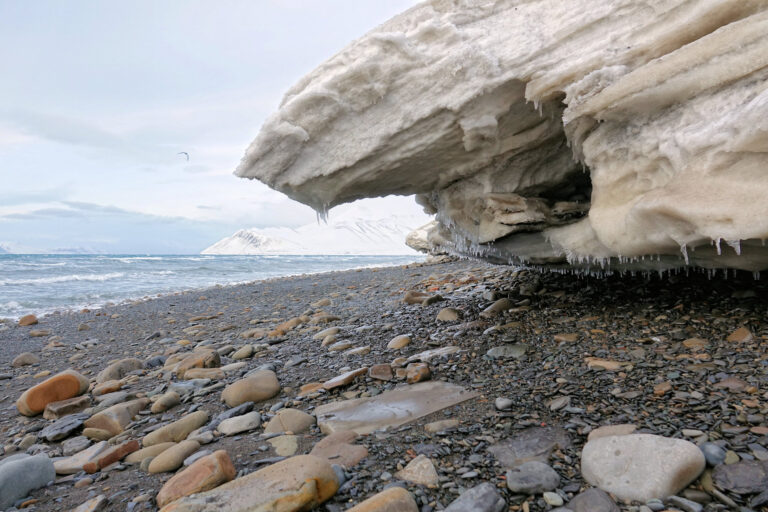
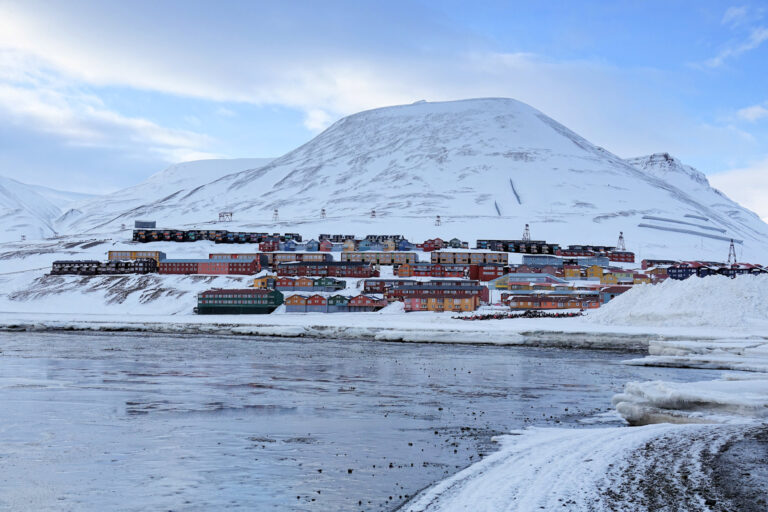
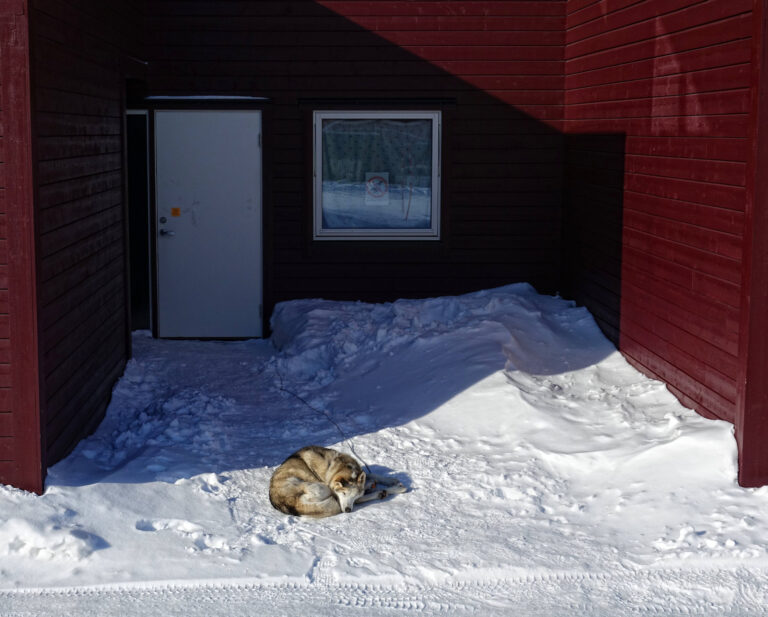

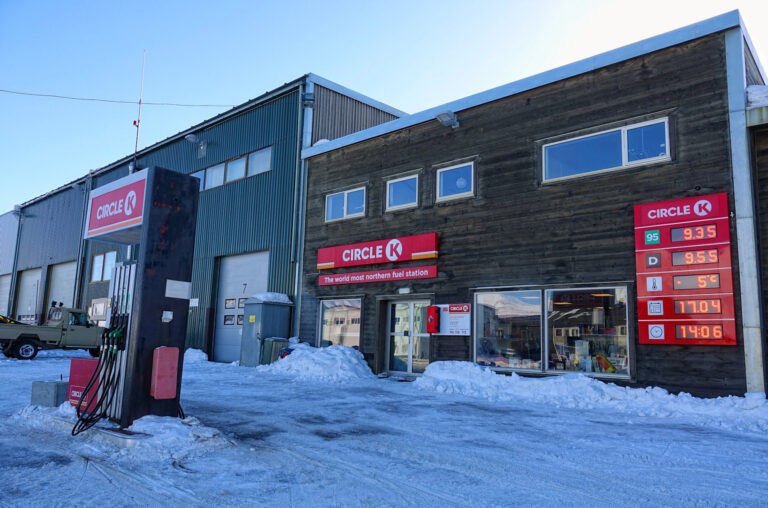
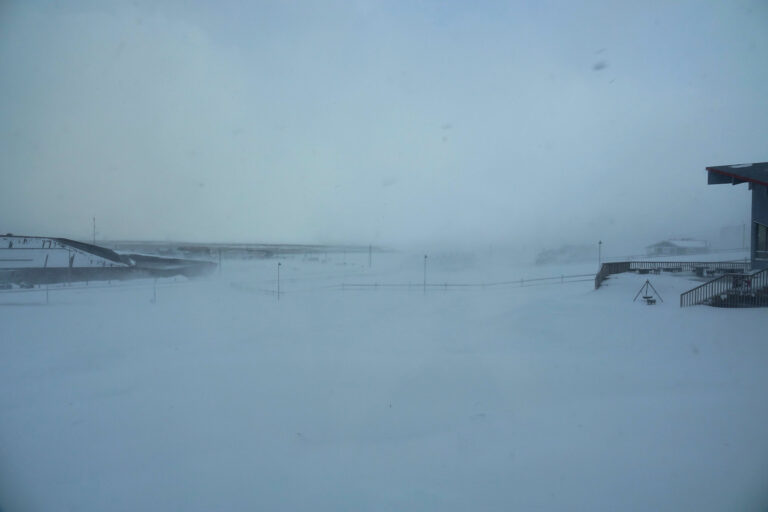
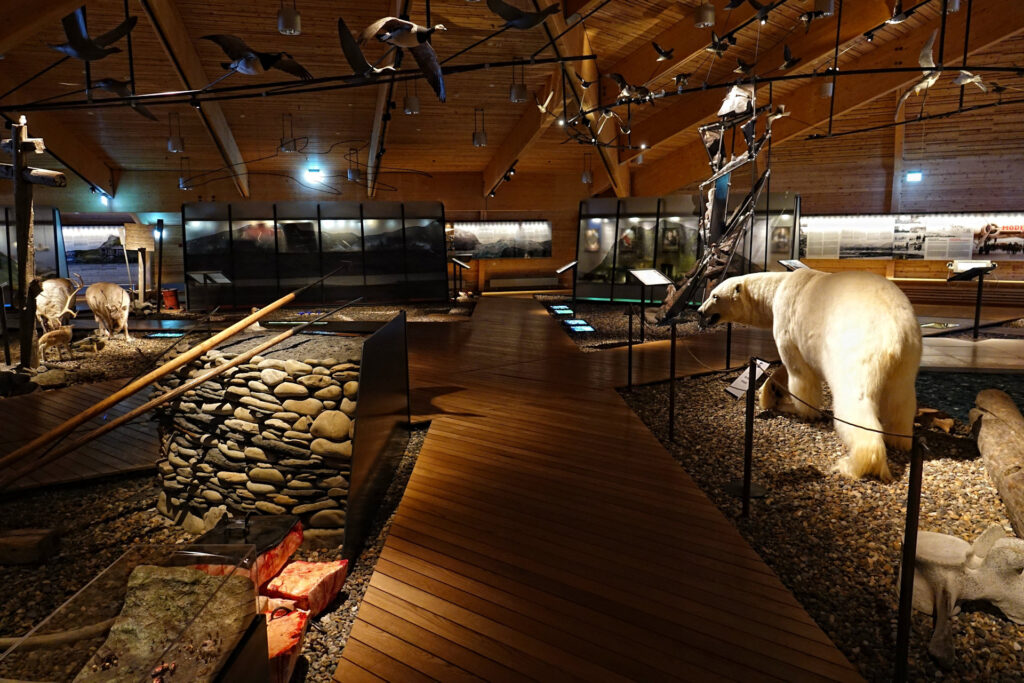
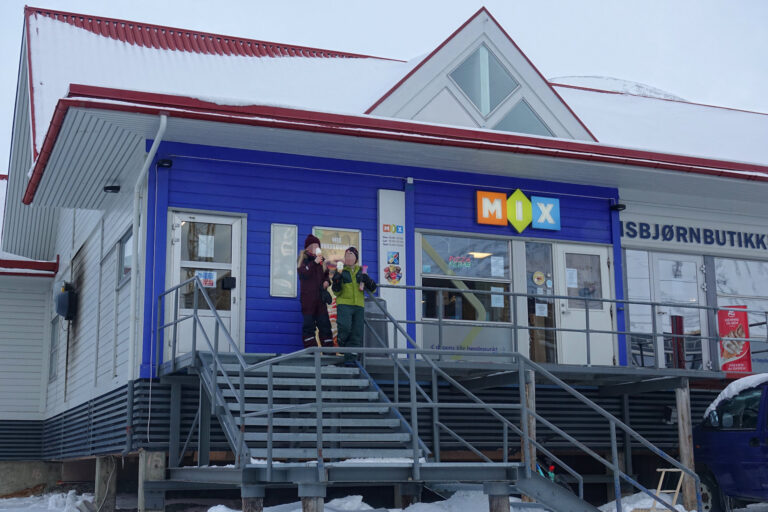


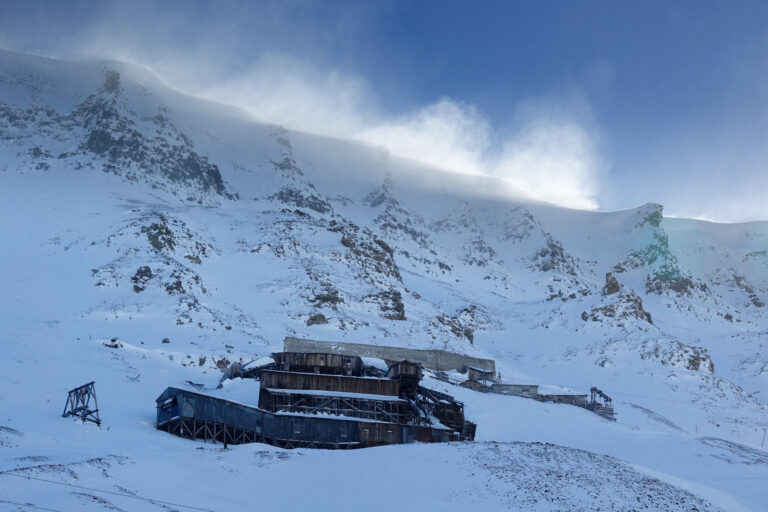

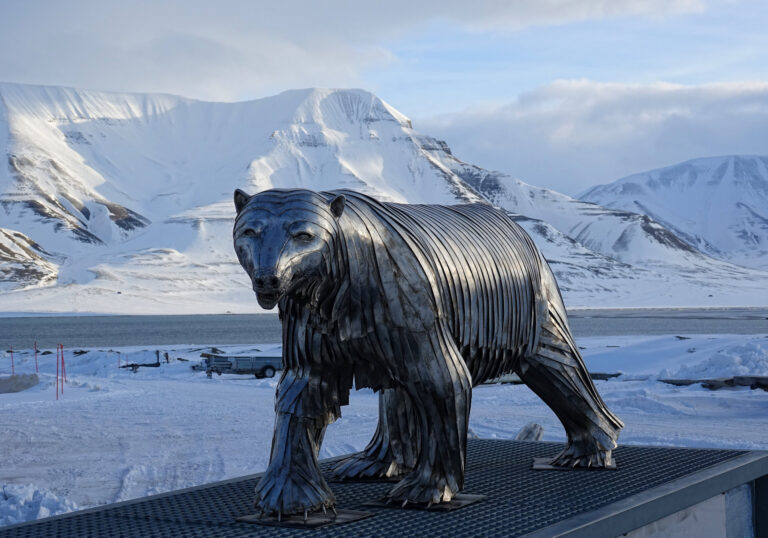
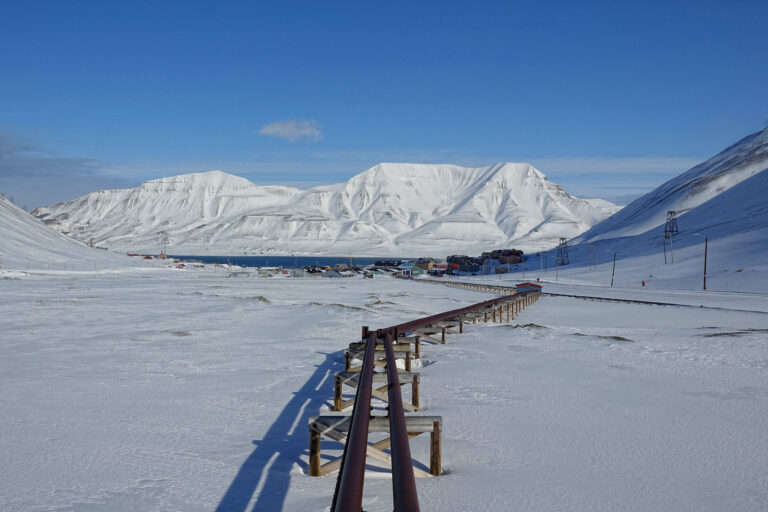
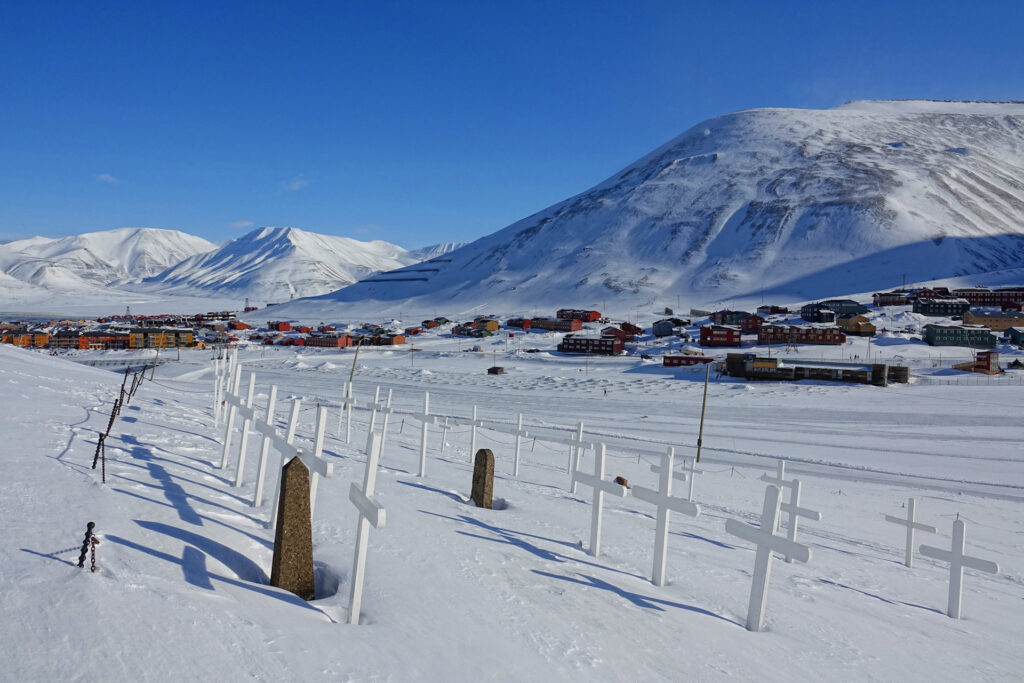

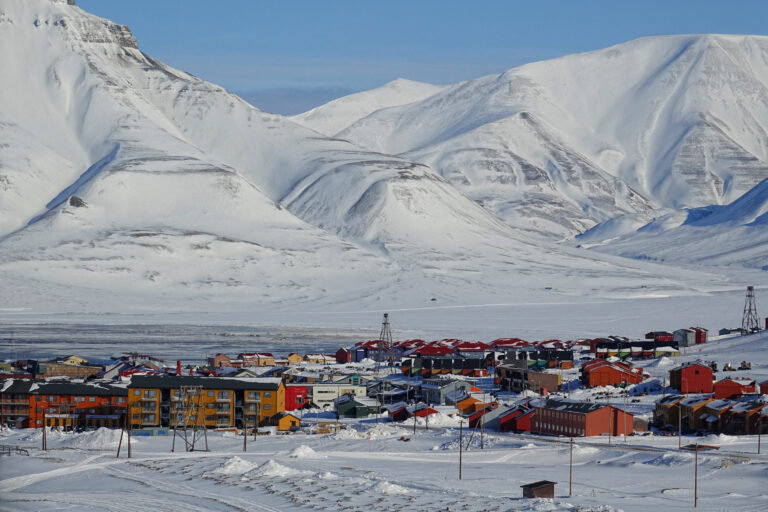
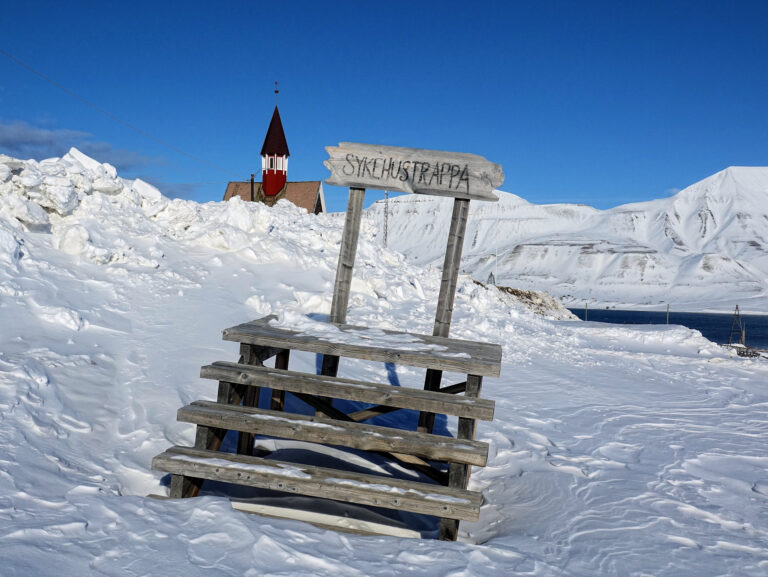
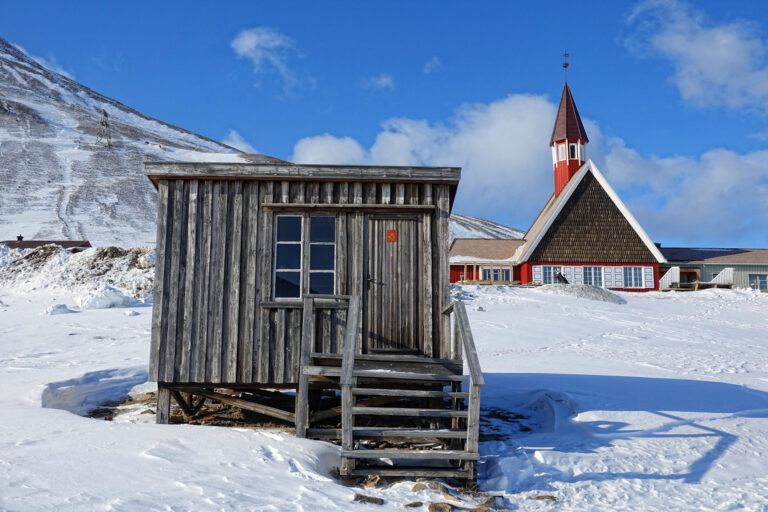



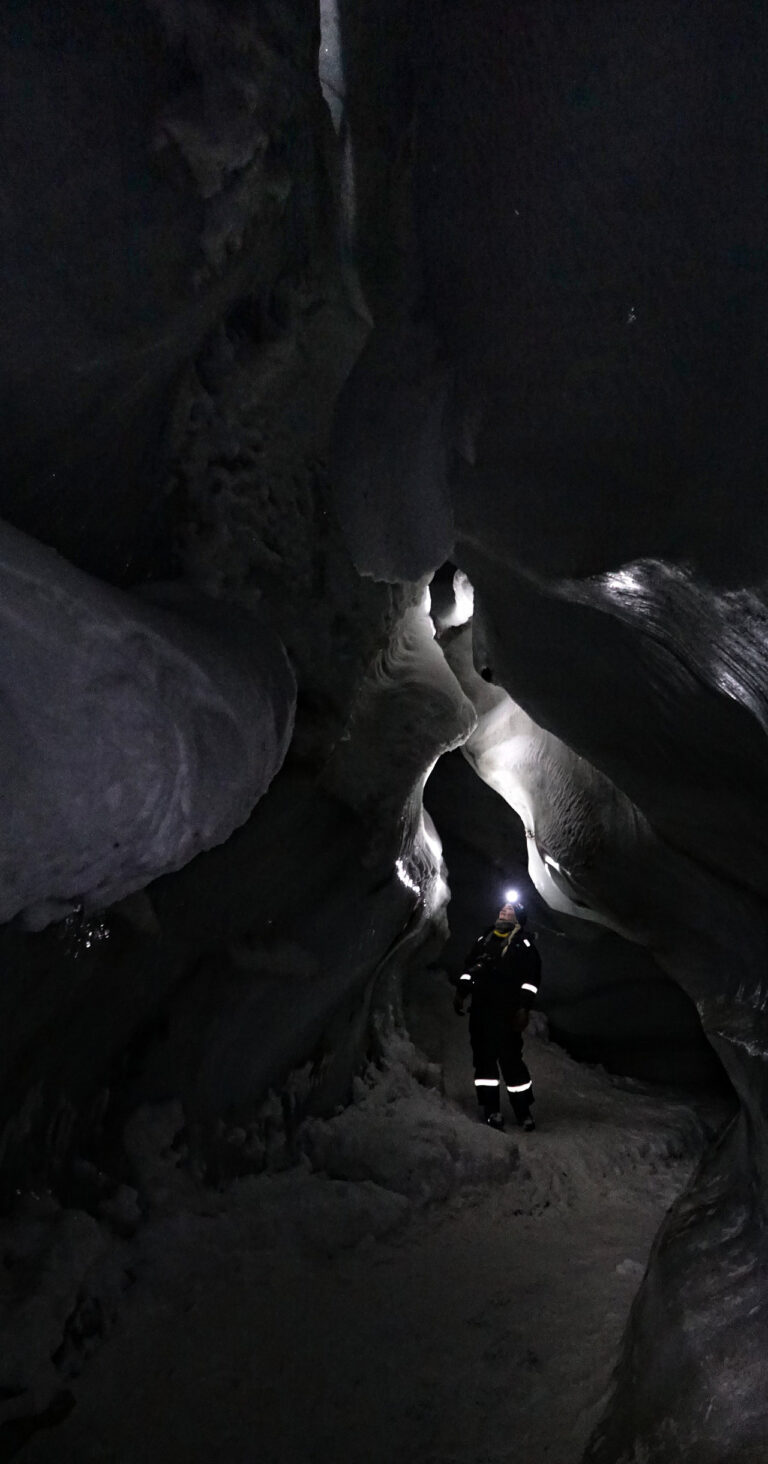

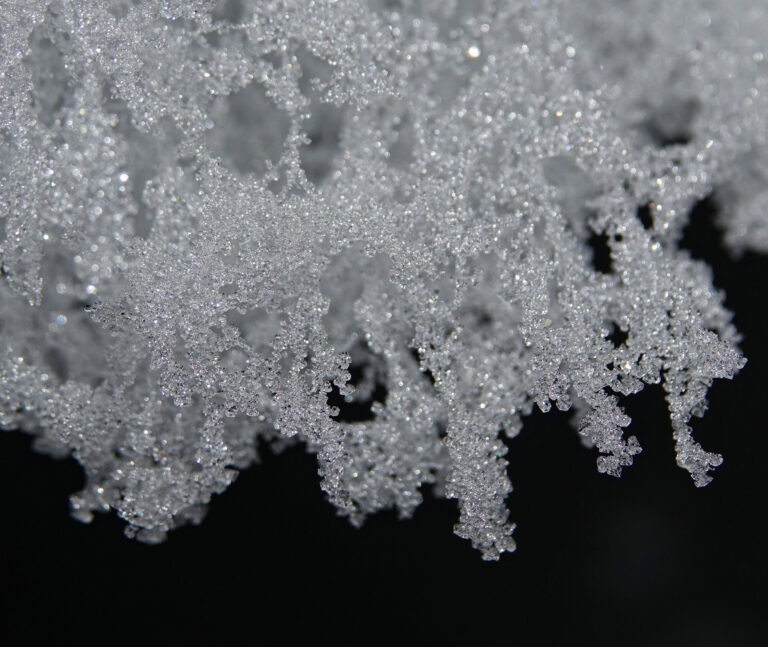
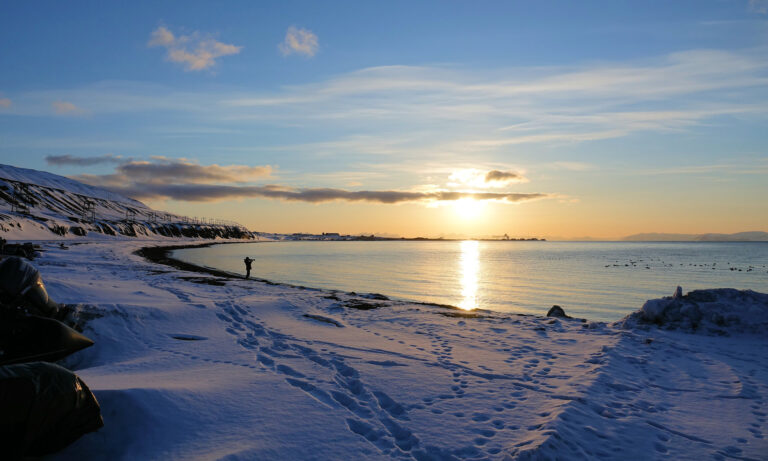

1 Comment. Leave new
Absolutely stunning! I love it, cannot wait to visit one day very soon.